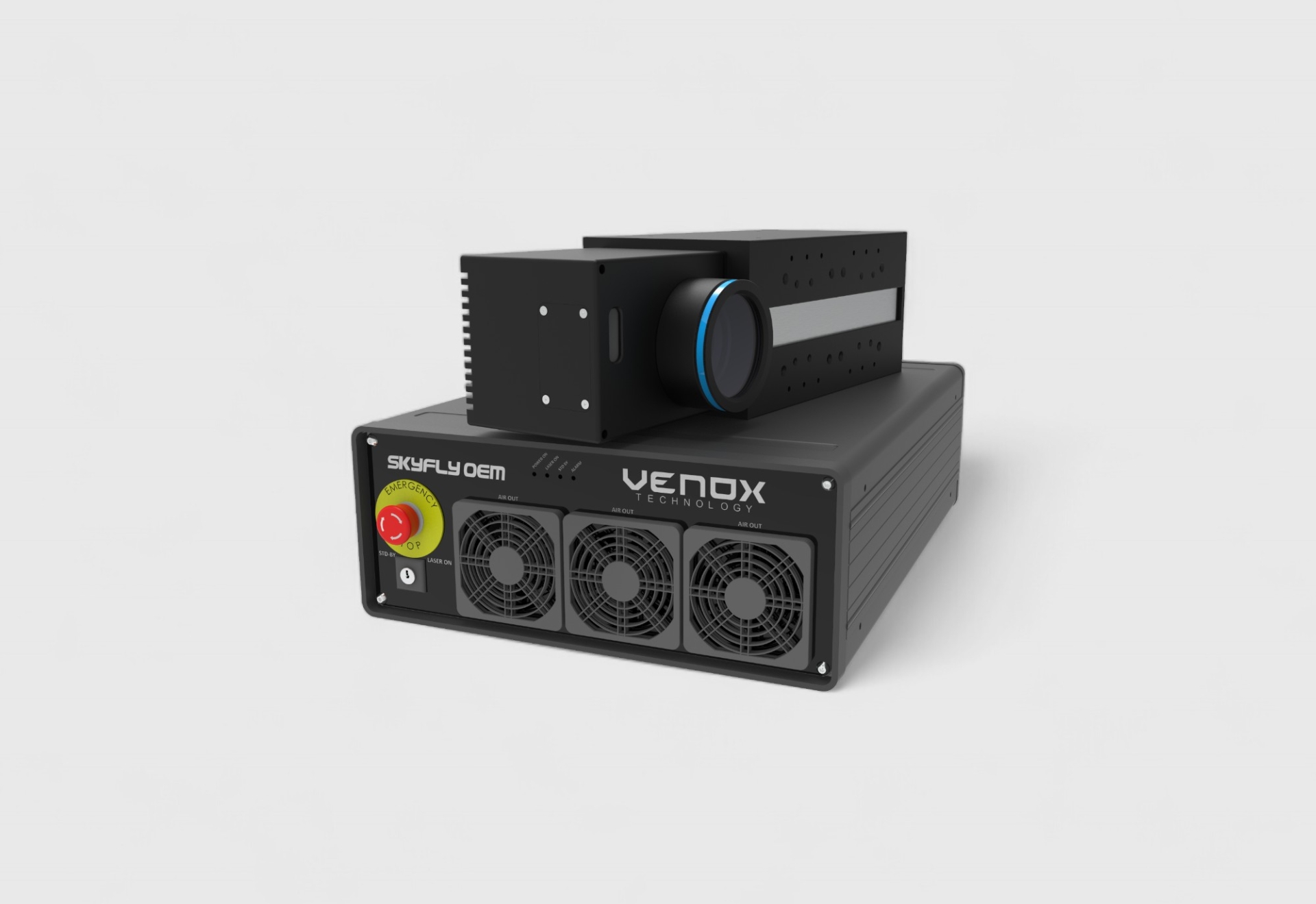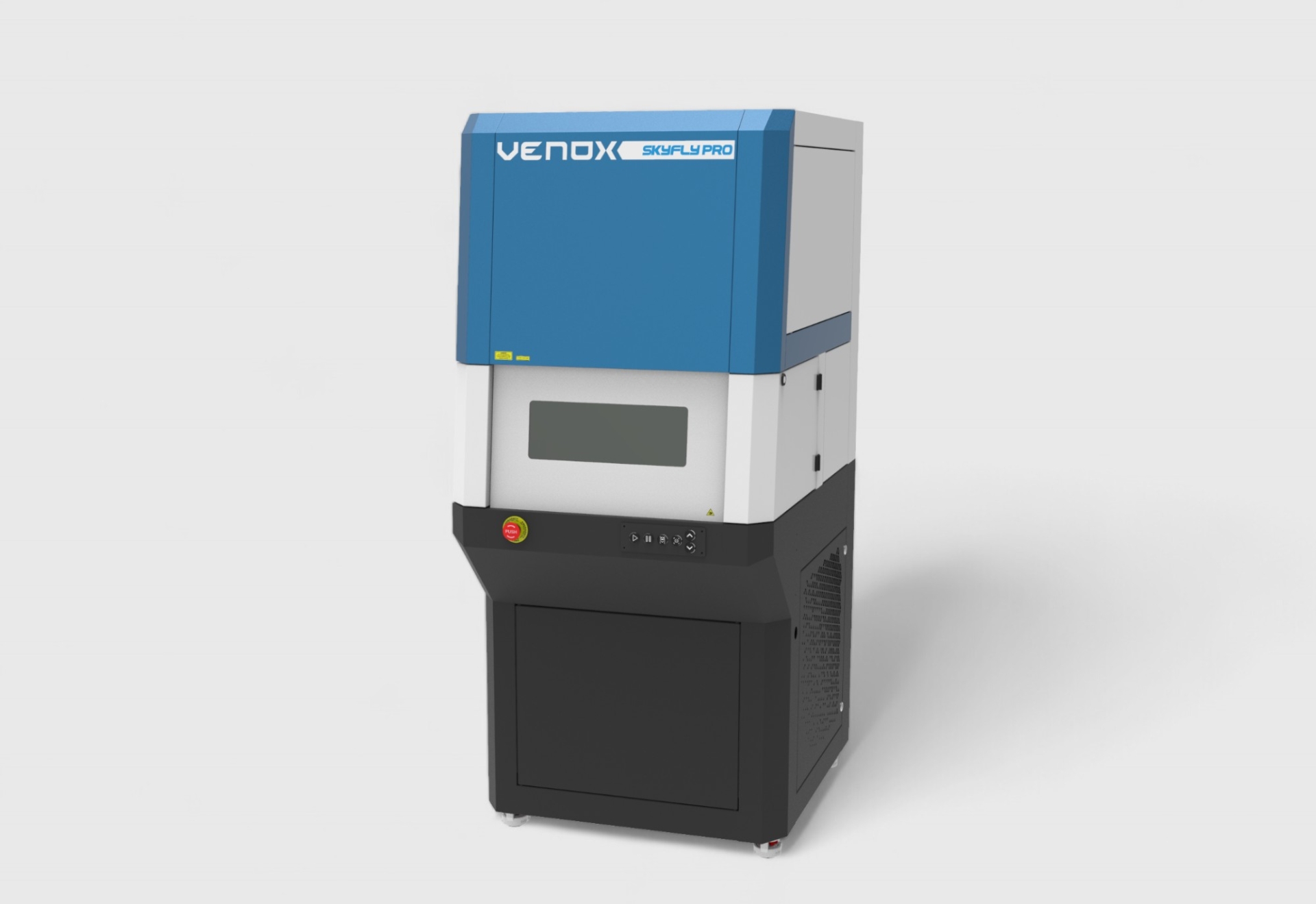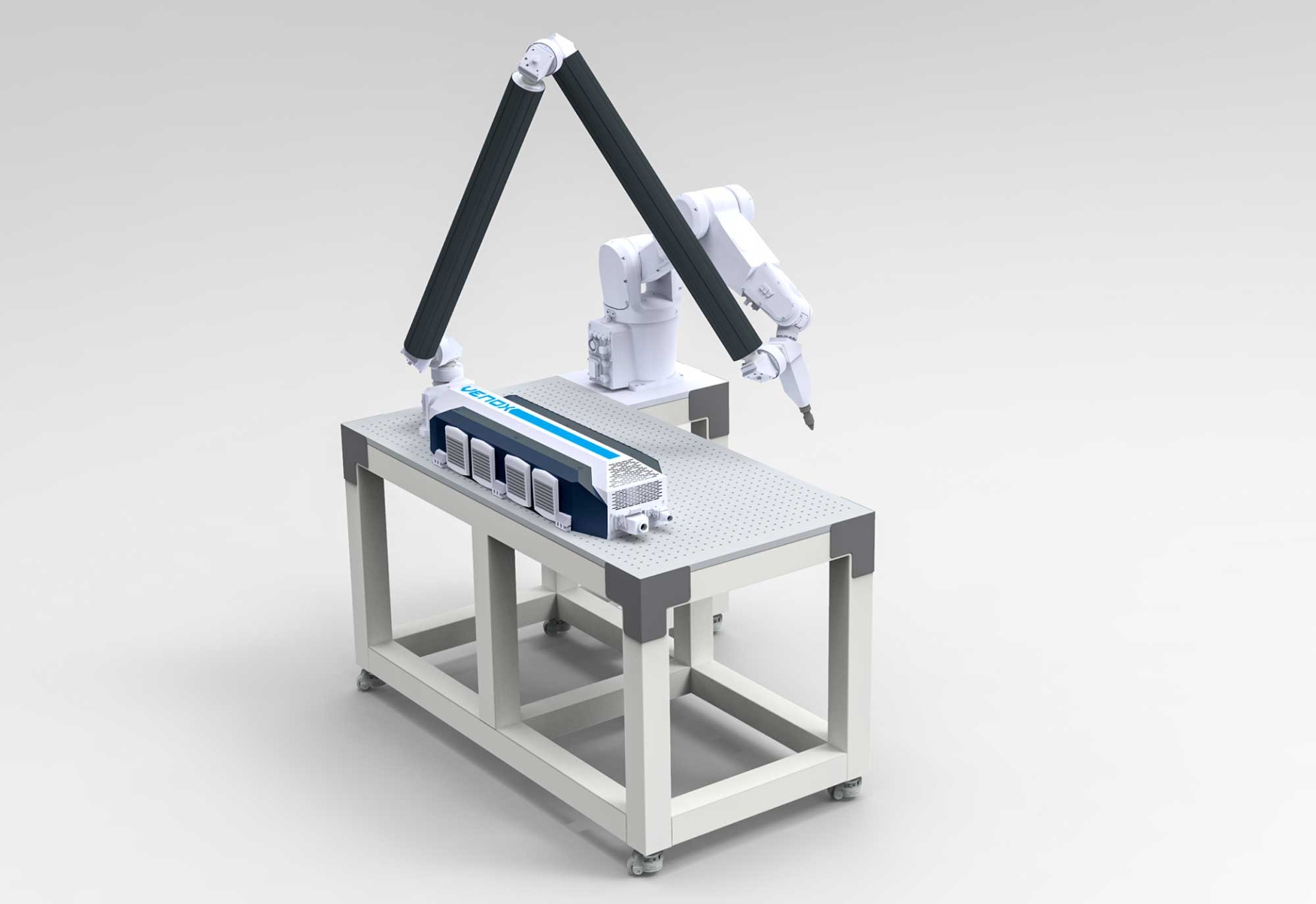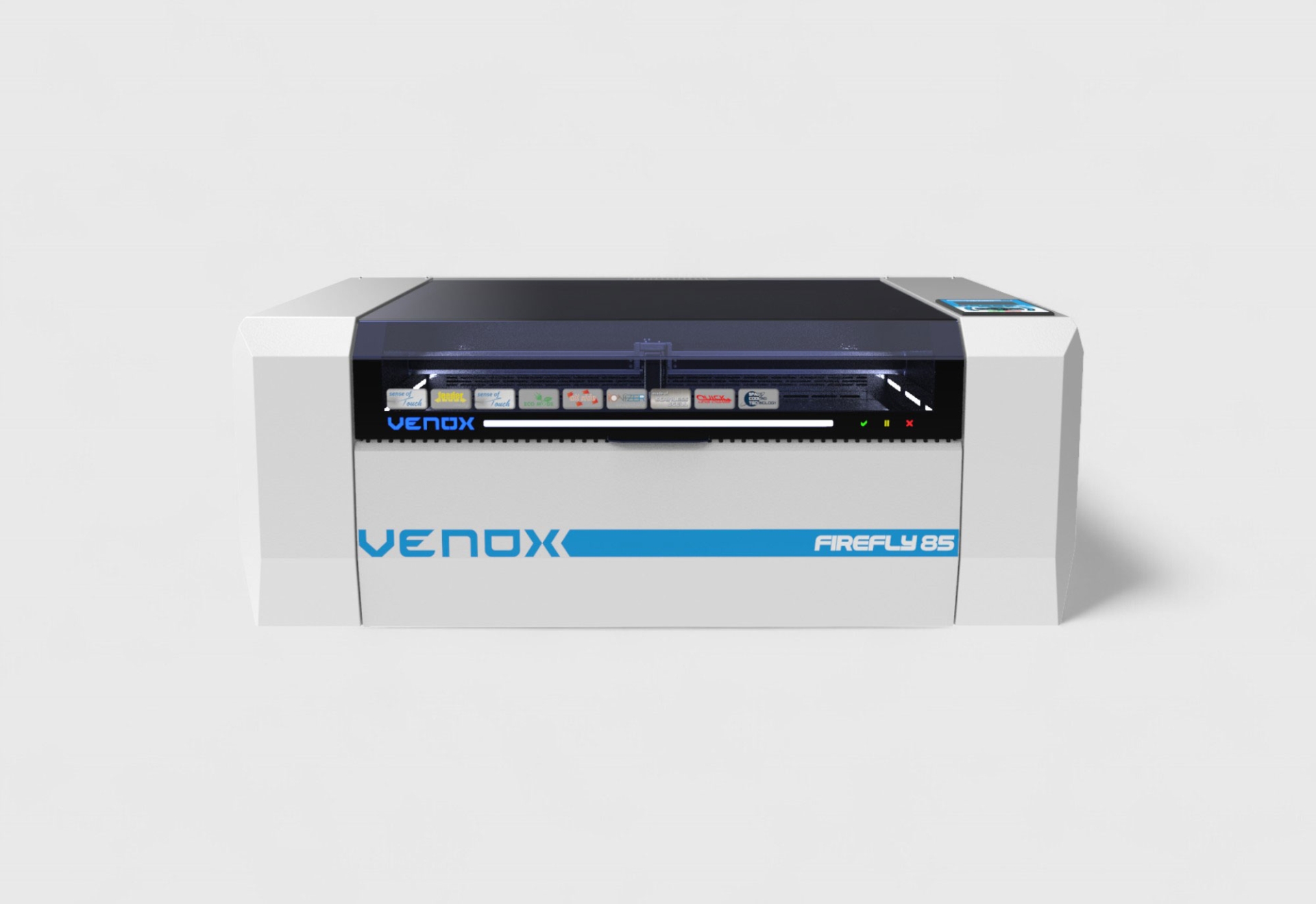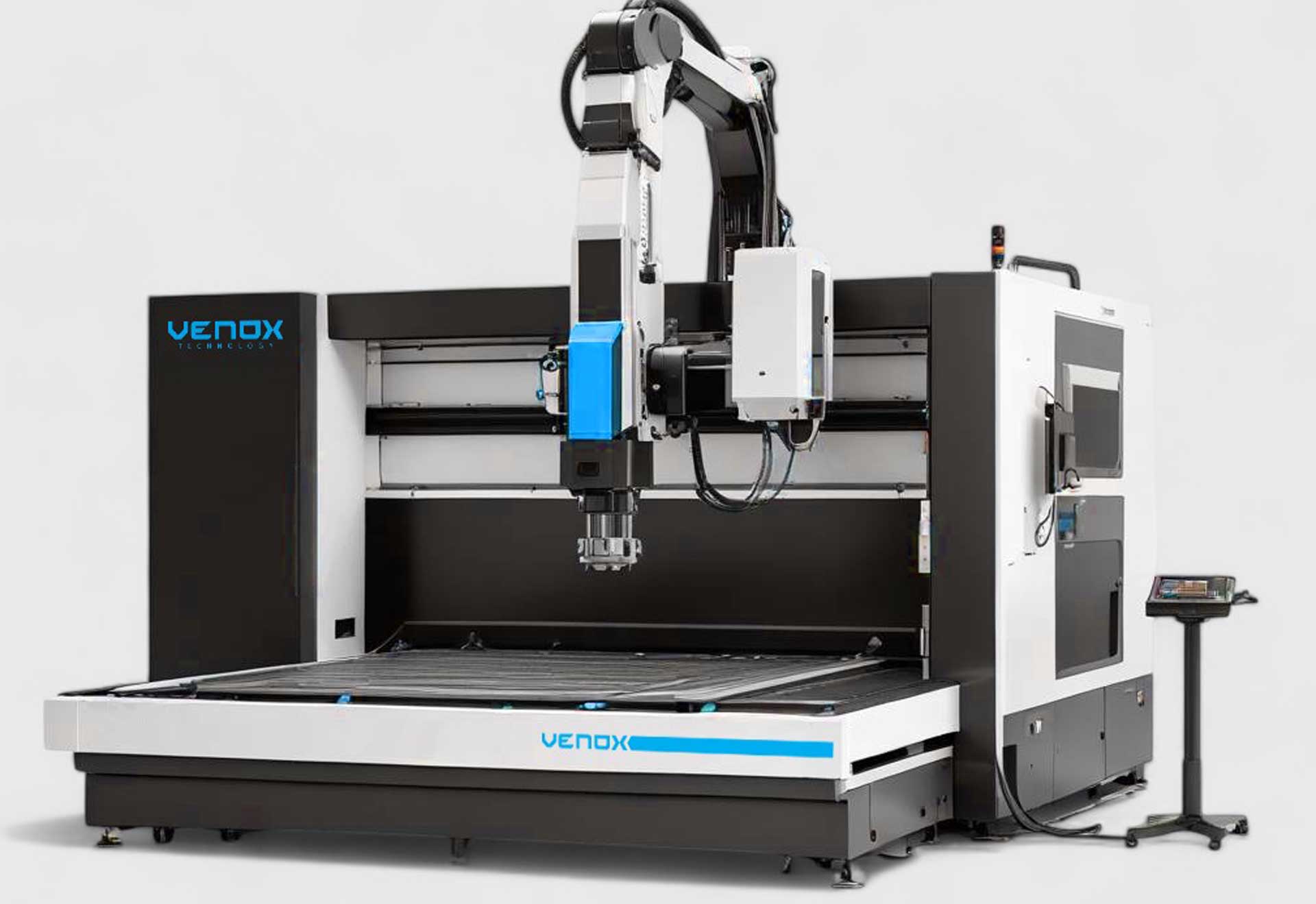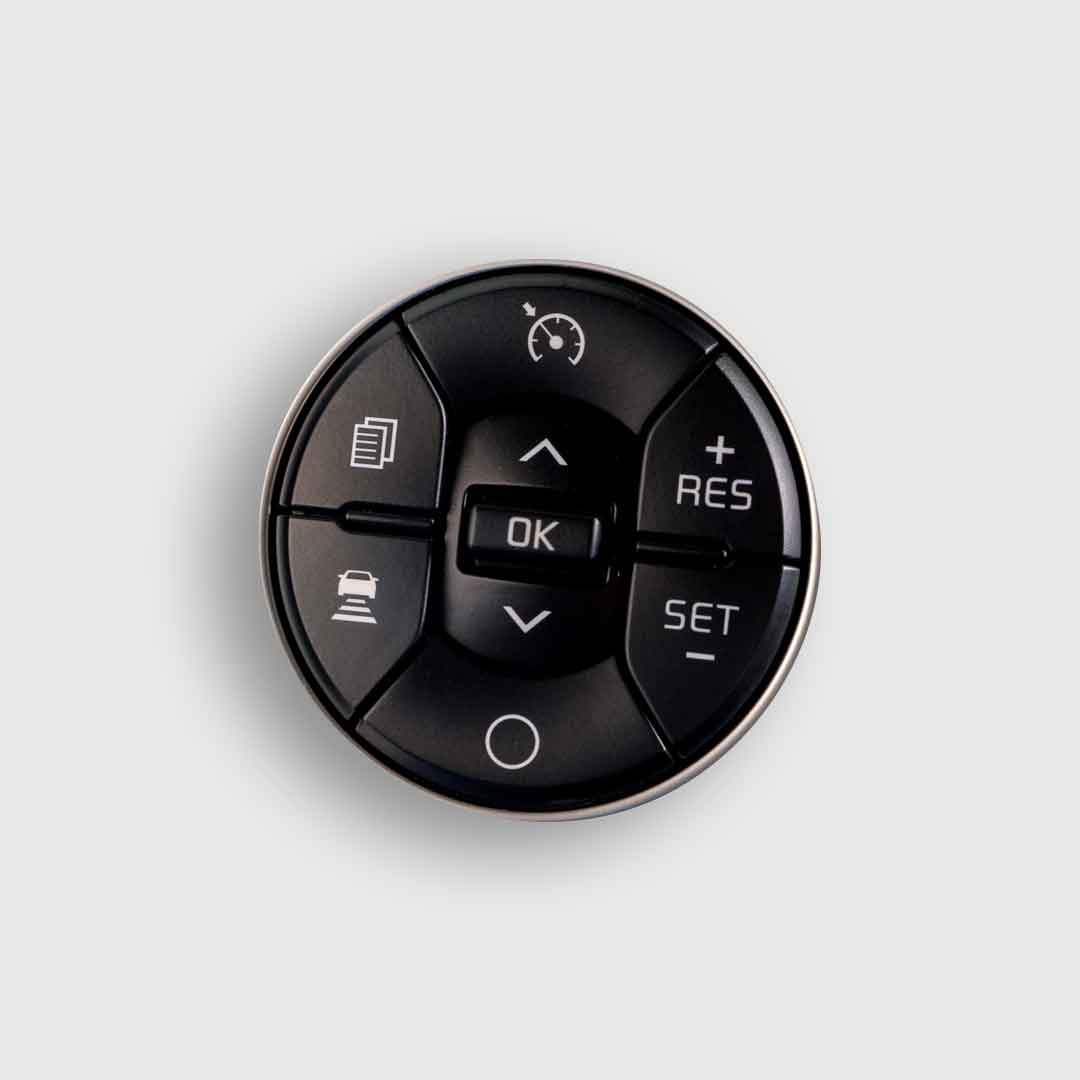Laser Marking: Digital Traceability and Permanent Identification Technology in Industry
Definition and Basic Principle of Laser Marking
The Power of Laser in Modern Production Processes
Laser marking is the process of creating a permanent mark on a material surface by focusing a high-energy laser beam. This method, which does not require ink, chemicals, or physical contact, is used in industry for product identification, traceability, and protection against counterfeiting.
How Does It Work?
When the laser beam is directed onto the surface, localized heat causes a microscopic change in the material. This change may occur in the form of burning, melting, oxidation, or foaming of the surface. As a result, high-contrast, clear, and permanent marks are created.
Laser Technologies Used
Fiber Laser
The most commonly used type of laser on metal surfaces. Fiber lasers with a wavelength of 1064 nm provide high contrast on materials such as stainless steel, aluminum, brass, and titanium.
CO₂ Laser
Offers fast and clear marking on organic materials (wood, leather, plastic, glass). Frequently preferred in packaging, food, and decorative industries.
UV Laser
Due to its low thermal effect, it is used on sensitive surfaces (glass, silicone, PCB, medical plastic). Enables micro-scale marking.
Laser Marking Methods
Engraving
The laser beam removes material from the surface to create a deep engraving. Suitable for markings requiring high mechanical durability.
Annealing
Creates a color change on metal surfaces. No material is removed; only a color contrast is achieved.
Ablation
The removal of paint or coating layers to reveal the underlying surface. Provides clear and high-contrast markings especially on multilayer surfaces.
Foaming
On plastic surfaces, the laser melts the lower layer to create microbubbles. These bubbles form a light-colored marking appearance.
Advantages of Laser Marking
Permanent Marking
Creates marks resistant to chemical or physical wear. Resistant to high temperature, humidity, and chemical effects.
High Speed
With galvo scanner systems, dozens of characters can be marked per second. Easily integrable into mass production lines.
Environmentally Friendly Technology
Does not use ink, solvent, or chemicals. Generates no waste and has high energy efficiency.
Flexibility
Different logos, serial numbers, or barcode designs can be applied to any product type. Variable data marking is possible with digital control software.
Industrial Application Areas
Automotive Industry
Engine parts, sensors, chassis numbers, and plastic components are marked by laser. This enables traceability of each stage of the product.
Electronics and Microchip Manufacturing
High-resolution laser marking is applied to PCB boards, microchips, circuit components, and connectors. Fiber and UV lasers are standard in this field.
Medical Devices
Sterilization-resistant marking is applied to surgical instruments and implants. The marking process does not damage the biocompatible surface structure.
Packaging and Food Industry
Information such as expiration date, production code, and batch number is marked directly on the packaging. Eliminates ink costs.
Jewelry, Textile, and Decoration
Decorative markings can be made on metal, leather, and fabric surfaces. Especially preferred for personalized products.
Laser Marking Machines
Inline Systems
Inline laser marking systems are integrated into mass production lines to mark each product while in motion. Efficiency is increased with conveyor and robotic arm integration.
Manual Systems
Compact desktop laser marking machines are ideal for small and medium-sized productions, offering high precision with low energy consumption.
Automatic Data Integration
With software compatible with ERP and MES systems, unique codes are automatically marked on each product.
Technical Specifications
Power and Speed
With power options of 20W, 30W, 50W, and 100W, it provides suitable solutions for every material type. Scanning speed can reach up to 7000 mm per second.
Resolution
Works with 0.001 mm precision. This enables barcode and QR code marking at micro level.
Maintenance and Durability
Thanks to its solid-state laser structure, it has a long service life and requires minimal maintenance. Average operating life is 100,000 hours.
Technology of the Future
Laser marking has become the key tool of digital traceability in industrial production. Venox laser marking machines support sustainability in production processes by offering high speed, low cost, and permanent quality.
